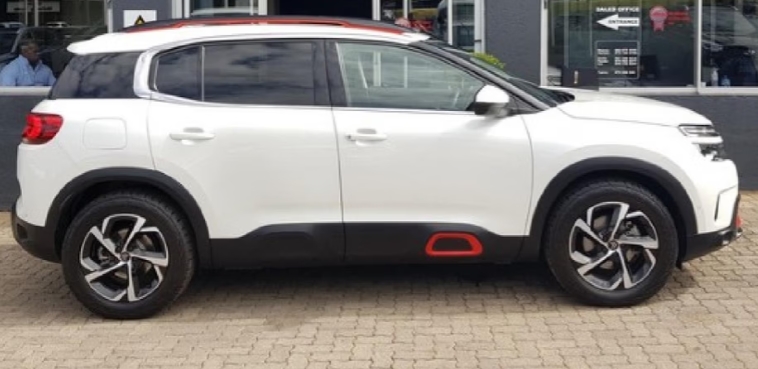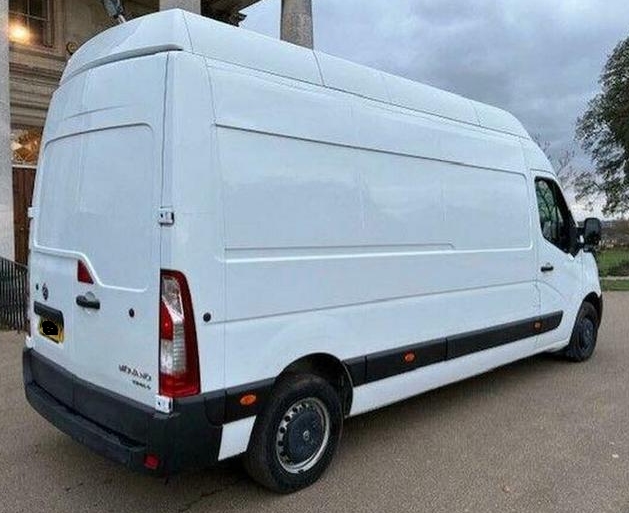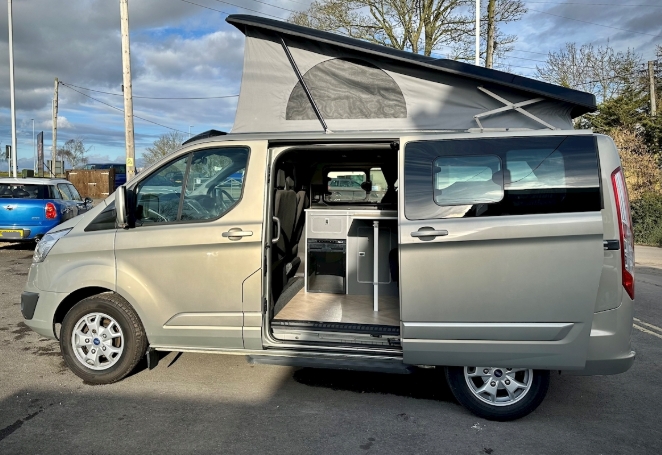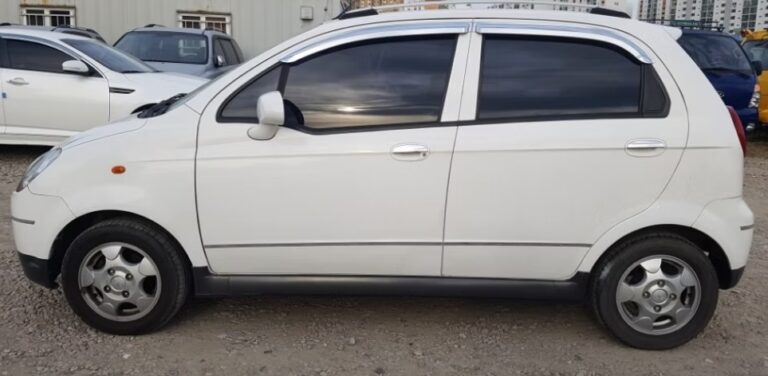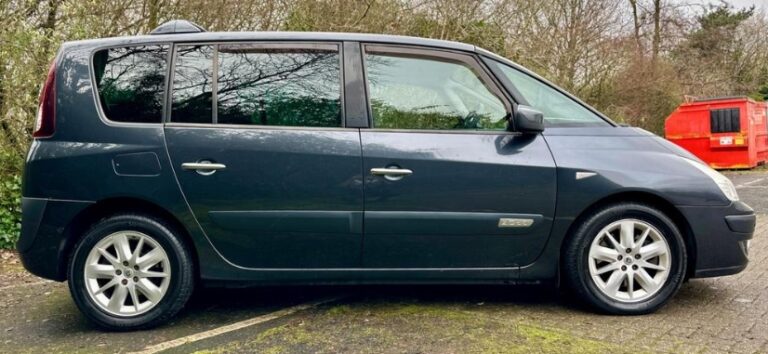The Evolution of the Citroën C5 and C6: A Historical Overview
Citroën, the French automaker renowned for its innovative engineering and distinctive design, introduced two significant flagship models over the past two decades: the Citroën C5 and the Citroën C6. These models exemplify Citroën’s commitment to comfort, advanced technology, and unique styling. This article chronicles their development, production timelines, and the various models and trim levels offered throughout their respective histories.
I. Citroën C5: From Launch to Discontinuation
A. First Generation Citroën C5 (2001–2008)
Development and Launch
The first-generation Citroën C5 was introduced in 2001 as a mid-size sedan and estate (station wagon), aimed at competing in the highly competitive D-segment. It was built on the PSA Group’s PSAR platform, sharing components with the Peugeot 406.
Design and Features
Designed by Don Warton, the first C5 stood out with its aerodynamic shape, featuring a drag coefficient of just 0.28, emphasizing efficiency and comfort. Its suspension system was notable; it was equipped with Hydraulic Berlingo-style suspension, marketed as Hydractive 3, offering exceptional ride quality and handling.
Production & Models
- Production Period: 2001–2008
- Body Styles: Sedan, Estate
- Facelift: 2004, which included minor styling updates and new features
Trim Levels and Engines
Initially, the C5 was offered in several trim levels, varying by market:
- VT – Basic trim with manual air conditioning, cloth upholstery
- VTR – Sportier trim, added alloy wheels, fog lights, and other cosmetic enhancements
- VTX – Top-tier trim with leather upholstery, climate control, advanced audio systems, and extra luxury features
Engine Options
The first-gen C5 offered a range of engines:
- Petrol: 1.8L (8V and 16V), 2.0L, 3.0L V6
- Diesel: 2.0L HDi, 2.2L HDi, 2.2L HDi with particulate filters
The HDi diesel engines were renowned for their fuel economy and durability.
B. Second Generation Citroën C5 (2008–2017)
Development and Launch
The second-generation C5 was unveiled in 2008, emphasizing a more refined, modern look, improved technology, and enhanced comfort. It was built on the PSA EMP2 platform, sharing components with the Peugeot 508.
Design & Innovations
The design was more conservative but sleek, with a focus on aerodynamics and interior refinement. The second-gen C5 introduced features such as:
- Active Night Vision
- Park Assist
- Adaptive cruise control
- Improved Hydractive suspension (Hydractive 3+)
Production & Models
- Production Period: 2008–2017
- Body Styles: Sedan, Estate
- Facelift: 2014, which included styling refreshes, new LED lighting, and updated interior features
Trim Levels and Equipment
Trim levels varied by market but generally included:
- X – Base model, with manual climate control and basic audio
- SX – Mid-range trim, adding features such as cruise control, alloy wheels, and upgraded audio
- Exclusive – Top-tier trim, featuring leather upholstery, navigation system, parking sensors, and advanced safety features
Engine Options
The second-generation C5 offered a range of petrol and diesel engines:
- Petrol: 1.6L VTi, 1.8L VTi, 2.0L, 3.0L V6
- Diesel: 1.6L HDi, 2.0L HDi, 2.2L HDi, 3.0L V6 HDi
Transmission options included 5- and 6-speed manual gearboxes, as well as 6-speed automatic transmissions.
Special Editions
Over its production life, Citroën released special editions such as:
- C5 Le Concorde (luxury version)
- C5 Tourer (estate variant)
II. Citroën C6: The Flagship Luxury Sedan
A. Introduction and Development
The Citroën C6 was a flagship luxury sedan introduced in 2005 as a successor to the Citroën XM. Known for its distinctive styling, innovative features, and exceptional ride quality, the C6 was developed on the PSA EMP2 platform but retained a unique design ethos.
Design & Features
Designed by the renowned Robert Opron, the C6 was characterized by its flowing lines, large grille, and distinctive front end. It combined comfort with advanced technology, including:
- Hydractive 3+ suspension
- Head-up display
- Night Vision system
- Panoramic sunroof
Production & Market Position
- Production Period: 2005–2012 (initially limited, with limited production)
- Variants: Mainly a sedan; a station wagon, the C6 Break, was also available in some markets
B. Model Range and Trim Levels
The C6 was offered in various trims, emphasizing luxury and equipment:
- Base/VT – Entry-level with standard features
- VTR – Mid-range, adding leather seats, upgraded audio, and additional comfort features
- Exclusive – Top-tier, featuring full leather, advanced safety and driver assistance, and high-end audio systems
Engine Options
The C6 was predominantly available with petrol engines:
- 3.0L V6 (petrol)
- 2.7L HDi V6 (diesel, introduced in later models)
Transmission choices included 6-speed automatic gearboxes.
Special Editions
Limited editions such as the “C6 Le Grand” were released, emphasizing luxury and exclusivity.
III. The Discontinuation and Legacy
A. End of Production
Citroën announced the end of the C6 production in 2012, with final units assembled in 2012-2013. The model was discontinued primarily due to declining sales, high production costs, and shifting market focus toward SUVs and crossovers.
The C5 was discontinued in 2017, marking the end of Citroën’s traditional D-segment saloons, as the market moved toward SUVs and crossovers.
B. Impact and Legacy
Both models are remembered for their innovative suspension systems, comfort-focused design, and distinctive styling.
- The first-generation C5 set new standards in aerodynamics and ride comfort.
- The second-generation C5 improved on technology and refinement.
- The C6 remains a unique, luxurious sedan with a dedicated following among enthusiasts.
.
You’ve got that cool car, but is it resting in its own cool place?
It’s visually pleasing for the surrounding areas outside of your home to look as awesome as what’s stored inside your garage! If you desire a truly inspirational environment, you should check into these plans!

.
IV. Summary of Key Features and Evolution
| Model | Years Produced | Body Styles | Notable Features | Engine Options | Trim Levels |
|---|---|---|---|---|---|
| Citroën C5 I | 2001–2008 | Sedan, Estate | Hydractive suspension, aerodynamic design | Petrol: 1.8L, 2.0L, 3.0L V6; Diesel: 2.0L HDi, 2.2L HDi | VT, VTR, VTX |
| Citroën C5 II | 2008–2017 | Sedan, Estate | Active Night Vision, Park Assist, hydropneumatic suspension | Petrol: 1.6L VTi, 1.8L VTi, 2.0L, 3.0L V6; Diesel: 1.6L HDi, 2.0L HDi, 2.2L HDi, 3.0L V6 HDi | X, SX, Exclusive |
| Citroën C6 | 2005–2012 | Sedan, Station Wagon | Hydractive suspension, Night Vision, Panoramic roof | Petrol: 3.0L V6; Diesel: 2.7L HDi V6 | VT, VTR, Exclusive |
V. Conclusion
The Citroën C5 and C6 represent two pillars of Citroën’s philosophy: blending innovative engineering with comfort and distinctive design. The C5, evolving through two generations, demonstrated a commitment to aerodynamics, ride quality, and technological advancement. Meanwhile, the C6 embodied luxury, technological innovation, and unique styling, standing as a testament to Citroën’s avant-garde approach to automotive design.
Despite discontinuation, both models continue to be celebrated among enthusiasts and collectors, appreciated for their comfort, technology, and bold character. Their legacy influences current Citroën models, which continue to emphasize comfort, innovation, and distinctive styling.
